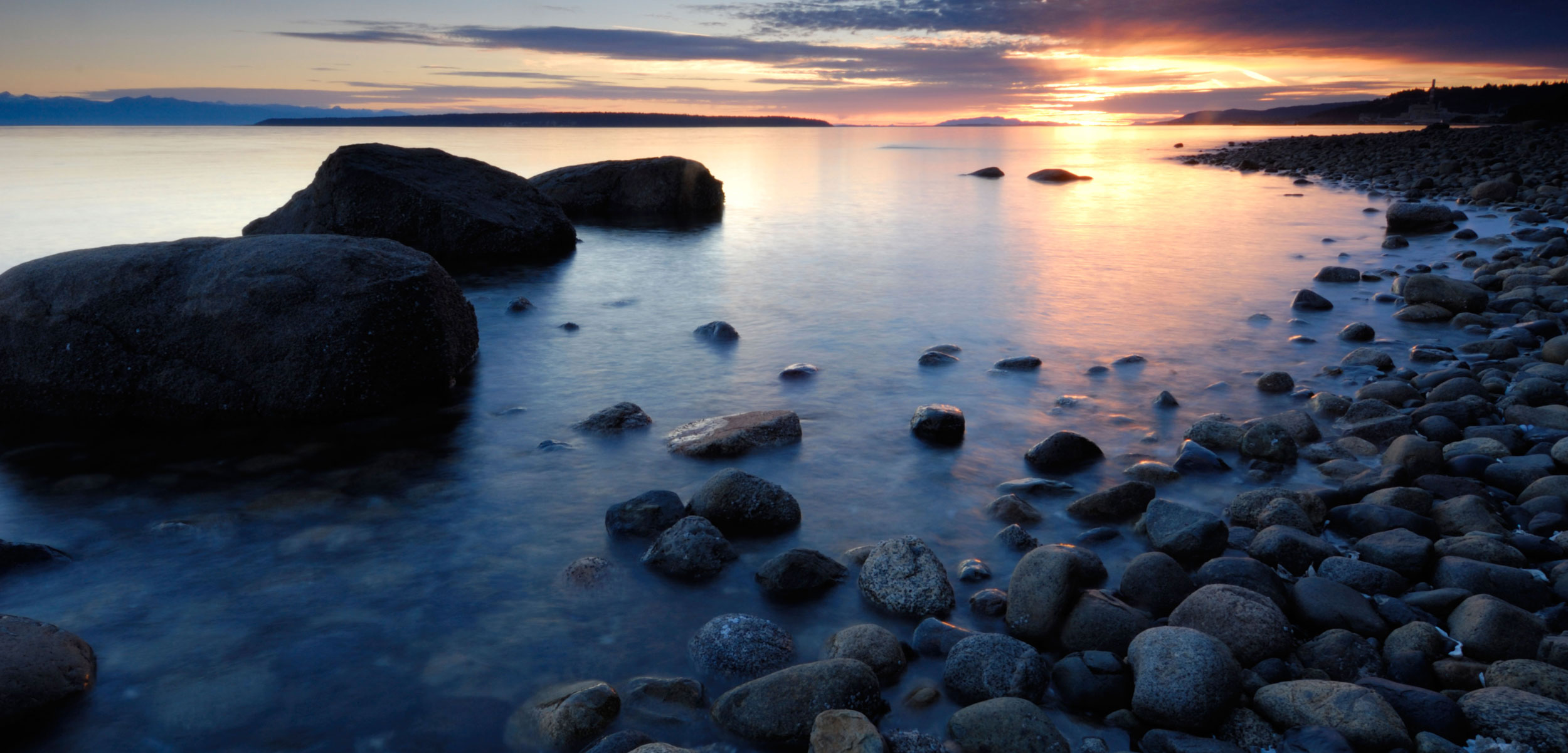Designing Marine Protected Areas in a Changing Climate
How can vulnerable marine species be protected when climate change is a reality?
Article body copy
Climate change is throwing a wrench into conservation. In the ocean, water is warming and becoming more acidic. At the poles, sea ice is melting. And across the globe, currents are changing pace or direction.
Combined, the effects of climate change are “putting ocean life through a blender,” says Malin Pinsky, an ecologist at Rutgers University in New Jersey. “It’s rearranging where the species are, rearranging which species are found together, changing food webs, changing ecosystems.”
Climate change is making the standard method of protecting vulnerable species—closing their critical habitat to destructive human activities such as fishing or oil drilling—much more complicated.
Animals are responding to climate change in a number of ways. Some are adapting physically, while others are changing their reproductive behaviors or migrating, seeking out conditions that suit them. In North America, important food animals such as flounder, hake, and lobster are already on the move. Combined, these changes are cascading through the food web, altering whole ecosystems.
The variety of animal responses is a challenge for Canada, which has committed to designating 10 percent of its territorial waters—about 575,000 square kilometers—as marine protected areas (MPAs) by 2020 in accordance with the United Nations Convention on Biological Diversity’s Aichi targets.
Strategies to incorporate climate change into conservation are evolving, but there are some ideas on the table. To some degree, the ideal solution depends on the conservation goals at hand. In the Netherlands, for example, fisheries managers wanting to protect a single species, plaice, created a protected area for juveniles called the plaice box. But the fish moved in response to warming waters, so managers have proposed moving the box to follow them.
For some species, habitats are seasonal or vary from year to year. In such cases, creating a large MPA can offer a buffer, says Will White, a fisheries ecologist at Oregon State University. For example, biologists are beginning to see moving regions of hypoxia (low levels of oxygen) in the water during the summer off the west coast of North America, pushing fish and invertebrates to follow the oxygen. Governments should design MPAs large enough to encompass such shifts, he says.
Ocean conditions change from year to year as well, and that has a big effect on fish and vertebrate reproduction in temperate waters, such as those off the west coast of Canada, says White. Larger MPAs offer a safety net.
But to make room for all the unknowns, Pinsky says, it’s better to focus on protecting biodiversity, allowing nature to pick the winners.
To optimize for diversity, Pinsky says governments should aim to protect a wide range of ecosystems. The goal should be to safeguard diverse species with diverse genes, and enable the safe passage of animals through various areas that protect wildlife from human pressures.
One of the best ways to provide for diversity is through a network approach: multiple protected areas across latitudes and at varied depths between which species can move as environmental conditions change.
When catastrophic events such as heatwaves or large storms hit, a network acts as a “spatial insurance policy,” White says, adding that these events are expected to increase with climate change. If a population of kelp is knocked out in one area, for example, it may survive in another MPA, allowing it to recolonize the first.
The idea has support. The 2011 National Framework for Canada’s Network of Marine Protected Areas mentions networks, connectivity, climate change, and adaptation.
To date, the majority of MPAs created by Fisheries and Oceans Canada (DFO) are single sites, not networks. However, DFO communications manager Frank Stanek wrote in an email that the agency is working on network development for its five priority sites: the Gulf of St. Lawrence, the Scotian Shelf, the Placentia Bay/Grand Banks, the Beaufort Sea, and the Pacific North Coast.
But White says that decision-makers should also be thinking about what happens outside MPAs. For example, many ocean animals reproduce by casting their larva into the currents, which are being sped up and slowed down by climate change. “We’d be better off if we could think about the whole system at once, instead of just trying to do MPAs in isolation.”

